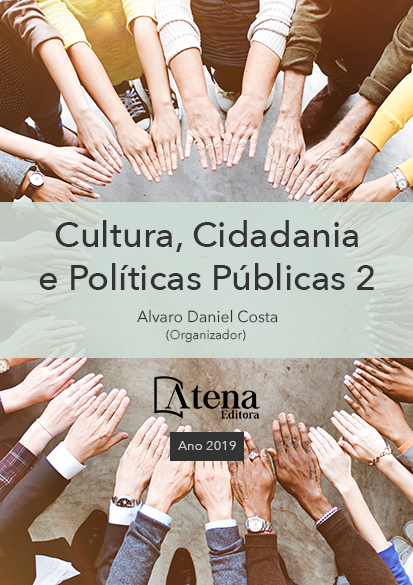
AS REPRESENTAÇÕES SOCIAIS DAS PRÁTICAS DE EXCLUSÃO E O PROCESSO DE INCLUSÃO DE ALUNOS COM TRANSTORNO DO ESPECTRO AUTISTA
O presente estudo teve como
objetivo investigar as representações sociais
de professores da educação infantil sobre
as práticas exercidas na escola comum com
alunos com Transtorno do Espectro Autista.
Tal questão foi pautada na investigação sobre
as representações sociais de professores da
escola inclusiva e suas tarefas. A Teoria das
Representações Sociais foi utilizada como
referencial teórico por ser considerada uma
teoria que nos permite compreender a dimensão
normativa e os processos de transformação
dos conhecimentos partilhados por um dado
grupo, acerca da realidade social. Desta forma,
participaram da pesquisa 155 sujeitos, com
idades entre 20 e 60 anos, de João Pessoa/PB,
Juiz de Fora/MG, Barra do Piraí/RJ e Piraí/RJ.
A abordagem metodológica tem como base a
Abordagem Estrutural, que procura no discurso
dos sujeitos, elementos que justifiquem as
práticas exercidas no contexto escolar. Quanto
aos instrumentos, no primeiro momento, foi
realizado um grupo focal, com o intuito de
identificar as práticas mais frequentes entre os
professores. Em seguida, foram aplicados 155
inventários com 40 práticas sugeridas pelos
professores no grupo focal, divididas entre
práticas exercidas por professores especialistas,
da escola comum e por ambos. Por fim, foram
criadas sete categorias para organizar os
dados, concluindo que os professores da
escola comum se apoiam na ideia de que exista
a necessidade de atuação de professores
especialistas para atividades específicas de
adequação e adaptação, mas ao mesmo tempo
reconhecem a necessidade de construir novas
práticas, ao admitirem a existência de processos
de exclusão no ambiente escolar.
AS REPRESENTAÇÕES SOCIAIS DAS PRÁTICAS DE EXCLUSÃO E O PROCESSO DE INCLUSÃO DE ALUNOS COM TRANSTORNO DO ESPECTRO AUTISTA
-
DOI: 10.22533/at.ed.7801925016
-
Palavras-chave: Representações sociais, Transtorno do Espectro Autista, Educação Inclusiva, Práticas educativas.
-
Keywords: Social Representations, Autism Spectrum Disorder, Inclusive Education, Educational practices.
-
Abstract:
This study aimed to investigate
the social representations of teachers of early
childhood education about practices practiced
in the common school with students with Autism
Spectrum Disorder. This question was based
on the research on the social representations
of teachers of the inclusive school and its tasks.
The Theory of Social Representations was used as a theoretical reference because it
is considered a theory that allows us to understand the normative dimension and the
processes of transformation of the knowledge shared by a given group about social
reality. In this way, 155 subjects, aged between 20 and 60 years old, participated in
the study of João Pessoa / PB, Juiz de Fora / MG, Barra do Piraí / RJ and Piraí /
RJ. The methodological approach is based on the Structural Approach, which seeks
in the subjects’ discourse, elements that justify the practices practiced in the school
context. As for the instruments, in the first moment, a focus group was carried out, in
order to identify the most frequent practices among teachers. Next, 155 inventories
were applied with 40 practices suggested by the teachers in the focus group, divided
between practices practiced by specialist teachers, the common school and both.
Finally, seven categories were created to organize the data, concluding that the
common school teachers rely on the idea that there is a need for expert teachers to
perform specific adaptation and adaptation activities, but at the same time recognize
the need to build new practices, admitting the existence of processes of exclusion in
the school environment.
-
Número de páginas: 15
- Bruno Viviani dos Santos
- Pedro Humberto Faria Campos
- Sabrina Araujo de Almeida


